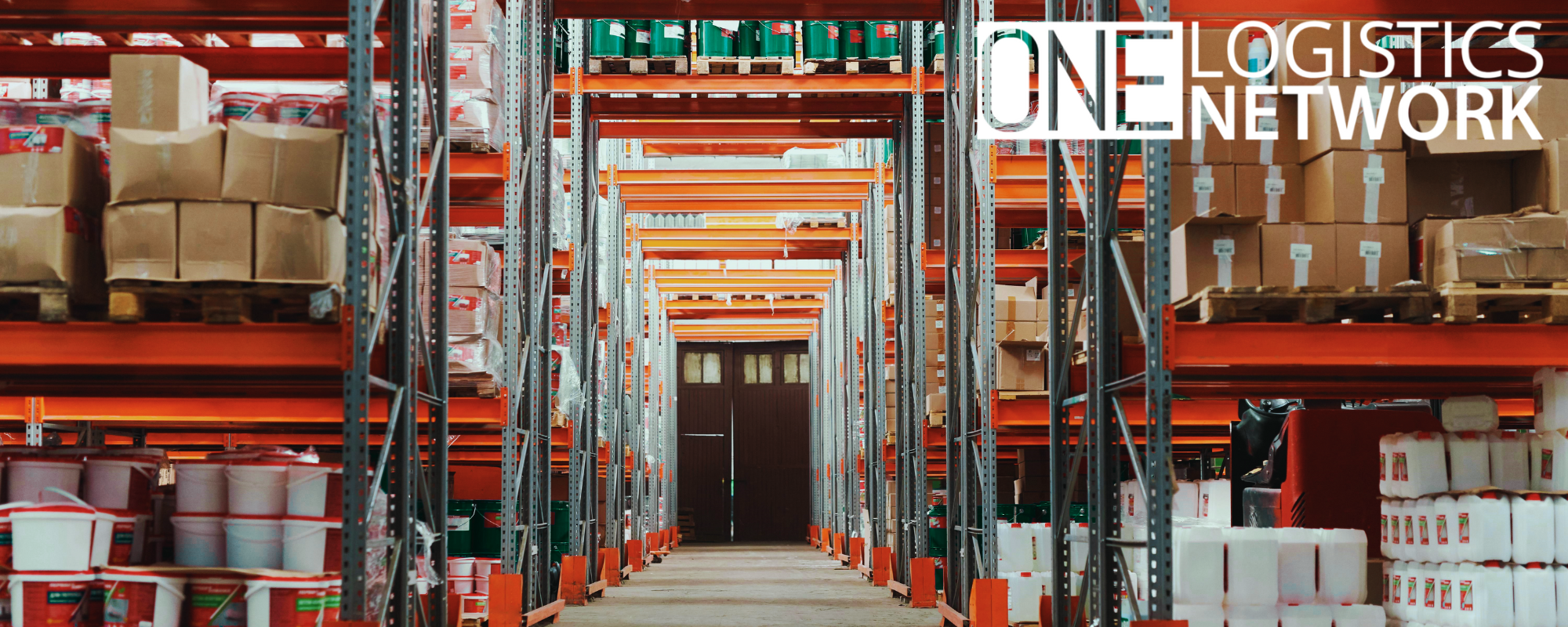Smart Warehouses: Automation Transforming Distribution
August 4, 2025

Smart warehouses are revolutionizing distribution with automation, improving speed, accuracy, and efficiency across the supply chain.
Warehouses Are Becoming Smart by Design
Distribution has changed. Warehouses are no longer just storage centers. They are now high-tech facilities built for speed and accuracy. According to Statista, warehouse automation was worth 22.15 billion dollars in 2023. By 2027, that number is expected to reach 41 billion dollars.
Robotics Are at the Core
Robots are doing the heavy lifting. Amazon operates over 750,000 robots in its global network. These machines carry, sort, and pack products with precision. Research from McKinsey shows robots can boost productivity by 25 percent. They also reduce travel time by up to 40 percent inside warehouses.
Automation Solves Real Problems
Labor shortages have accelerated automation. In 2023, the warehousing industry had over 400,000 open positions. That shortage led many companies to adopt technology faster. E-commerce also plays a role. In the United States, online sales passed 1.1 trillion dollars last year. Faster delivery requires smarter warehouses.
More Than Just Robots
Smart warehouses include more than robotics. Artificial intelligence helps predict demand and manage inventory. IoT sensors track temperature, location, and movement in real time. Computer vision tools improve order accuracy and reduce mistakes. These technologies work together for smoother operations.
What This Means for Logistics
Warehouse automation is not just a trend. It is a long-term strategy. Companies using smart technologies report fewer delays and higher output. Supply chains benefit from better data and faster decisions. While machines handle tasks, human oversight remains key. Together, they are shaping the future of logistics.


